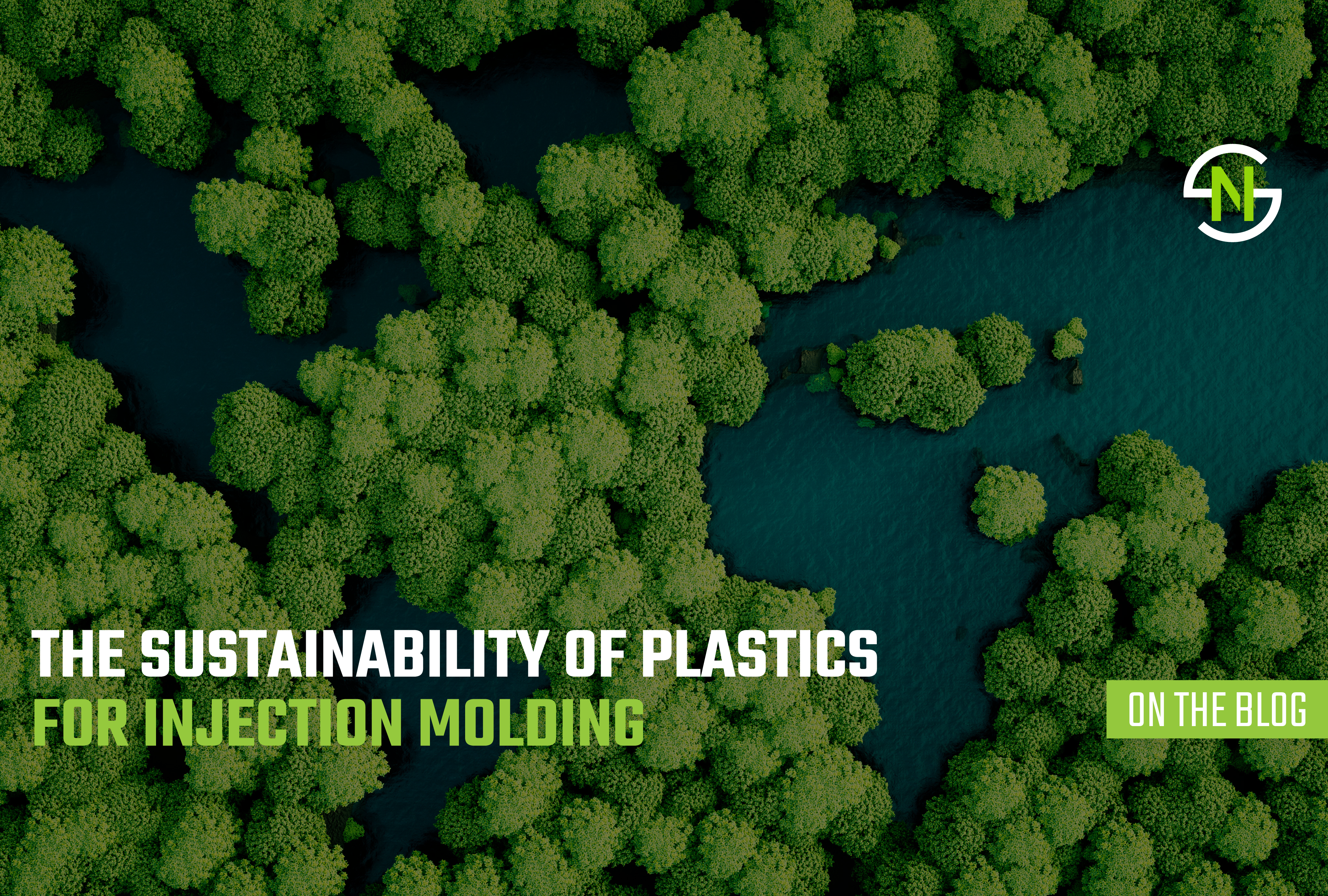
Plastics are ubiquitous in our modern world. They play a pivotal role in various industries, with injection molding being one of the most common manufacturing processes.
As the global community increasingly focuses on sustainability and environmental concerns, the role of plastics in injection molding has come under scrutiny.
Let’s explore the sustainability of plastics for injection molding. We’ll highlight both the challenges and opportunities for a more eco-friendly future.
The Prevalence of Injection Molding
Injection molding is a manufacturing process that involves injecting molten plastic into a mold cavity. It is then allowed to cool and solidify to form a desired product.
This method is widely used in industries such as automotive, electronics, medical devices, and consumer goods. The versatility, efficiency, and cost-effectiveness of injection molding have made it a go-to choice for manufacturers.
Sustainability of Plastics for Injection Molding
Plastics are derived from fossil fuels. This makes them a significant contributor to greenhouse gas emissions when produced. Plastic waste has become a global environmental crisis. It pollutes oceans, harms wildlife, and degrades ecosystems.
Another challenge is the limited biodegradability of most conventional plastics. They do not readily biodegrade. Instead, they persist in the environment for hundreds of years.
This longevity exacerbates their environmental impact and contributes to the accumulation of plastic waste.
The production of plastics requires the extraction of non-renewable resources like oil and natural gas. This further depletes finite reserves and contributes to resource scarcity.
Sustainable Solutions
To address these challenges and enhance the sustainability of plastics for injection molding, various solutions are being explored. One approach is the development and utilization of bioplastics. These are both biodegradable and bio-based plastics.
These plastics include materials such as PLA (polylactic acid) and PHA (polyhydroxyalkanoates). These materials can be derived from renewable resources like cornstarch and sugarcane and are designed to break down more easily in the environment.
Recycled plastics are another avenue towards sustainability. Recycling plastic materials reduces the demand for new plastic production. This will conserve resources and lower greenhouse gas emissions.
Researchers are also working on developing eco-friendly additives and fillers that enhance the biodegradability of plastics. This makes them more environmentally friendly without sacrificing performance.
Challenges and Considerations
While the sustainability of plastics for injection molding shows promise, there are challenges to overcome. One significant challenge is cost. Sustainable materials and processes can be more expensive initially.
This makes it essential to consider long-term benefits and the willingness of consumers to pay a premium for eco-friendly products.
Performance is another consideration. Sustainable materials may not always match the performance characteristics of traditional plastics, requiring innovation and adaptation in product design and manufacturing processes.
Make the Move Towards Sustainable Automotive Parts Today
With our advanced technology and expertise, Nova Stevensville aspires to revolutionize the automotive manufacturing sector by providing sustainable, high-quality plastics for injection molding.
As the world shifts towards a more environmentally conscious future, we recognize the importance of sustainability in our operations. By embracing eco-friendly practices and materials, we aim to reduce our carbon footprint and contribute to a greener planet.
Come and partner with us on this journey towards innovation, efficiency, and a sustainable future. Reach out to us today to request a quote and to find out how to make this sustainable future a reality.
